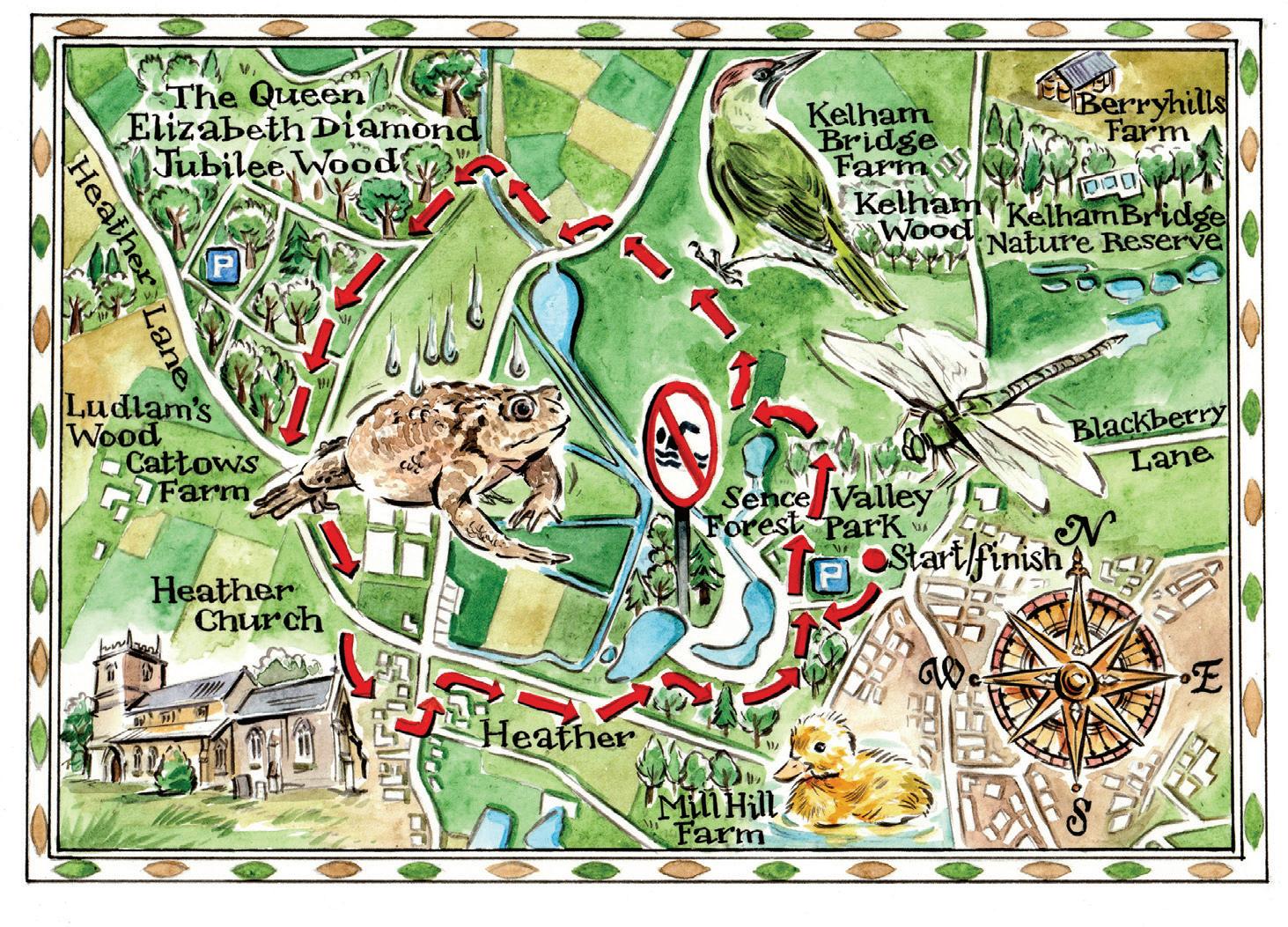
4 minute read
Drink Bill Knott
smarter now, but the menu (or the absence of it) has never changed. Pietro takes the order at full speed. I always order antipasti, a litre of the house white wine (8 euros) and ‘una e una’ (one bottle of still water, one of sparkling).
Then I stare out over the uninterrupted view of the Adriatic – which won’t be Homerically wine-dark until we totter home after swimming to the red buoy around six o’clock.
Advertisement
Within two minutes, the cider-like wine arrives; within a further ten minutes, the antipasti arrive: mussels in three varieties (stuffed, in white wine and tomatoes and in breadcrumbs); polpo in oil and also in red wine and onions; provolone cheese; tiny little moscardini; and anchovies. The selection never changes. We also order two portions of grilled octopus – the sweetest you’ve ever tasted.
Rosa is the ultimate hostess: she dashes around like a dislodged Catherine wheel, screaming with delight at the arrival of every regular, of whom there are many. She has watched my children grow up and hugs them, while her dog, Rocky, snaps at the gorgeous anarchy.
Pietro clears the antipasti and demands an order for our primo. Last week, they had a special: spaghetti with local fish. So we went for that to appease him, while ordering Rosa’s unmissable vongole. Pietro always knows we have room for a secondo: my daughter will want us all to share a sea bass; my son a plate of fritto misto. ‘Patatine fritte, Pietro.’ ‘Due, Gems [Pugliese for James]?’ ‘Certamente.’
Then, after their sorbetti, out come the home-made liquori: lauro (bay leaf), amaro and the lethal limoncello, beloved of teenagers. As if for a final curtain, Rosa, a devout monarchist, will sit down for a catch-up about il Principe Carlo e Camilla. ‘Forza, la Reina Elizabetta!’
Nothing changes. Not even the price, randomly set at around 25 to 30 euros, depending on the day. And this is why it’s my favourite restaurant in the firmament.
DRINK BILL KNOTT CARRY ON CAMPARI
My cocktail cabinet is not a thing of permanence. For a start, it is not a cabinet – just a wooden, bottle-crowded tray that sits on the floor next to a wine rack, and its constituents get shuffled more often than the Downing Street cabinet.
At the moment, its members include some fig-leaf firewater that I found in Corsica; the remnants of some dodgy grappa that gives me a headache if I just look at it; a bottle of ‘artisanal’ gin whose artisan clearly forgot that juniper is an important ingredient in the gin-making process; and some Guatemalan rum that a PR sent me and I suspect is best used for flambéing bananas.
Next month, the cast may have changed completely. Apart, that is, from one ever-present bottle: Campari.
Nothing else quite hits the spot. I find Aperol, its most obvious rival and also a Campari Group product, too weedy, at a mere 11 per cent ABV (Campari is 25 per cent ABV in the UK), and other red amari (bitters) too assertive.
I will happily swap between gins and vermouths in my Negroni, but Campari is a fixed red beacon in the fickle firmament of my cocktail cabinet.
It was invented by Gaspare Campari in 1860. Its colour used to derive from carmine, made from crushed cochineal insects (a dye much favoured by the Aztecs), but in 2006 this was replaced with artificial colouring.
However, Campari is made to different formulas and at different strengths for various markets around the world. So it is possible that cochineal is still used in some of them. Campari is oddly reticent on the subject.
Its herbal, bittersweet character is most noticeable when it’s simply diluted with soda and served over ice with a twist of orange zest. Since Campari is denser than water, I find it best to pour it in after the soda, which avoids unnecessary, fizz-wrecking swizzling.
You might try the same trick with a classic Americano: equal parts Campari and sweet red vermouth (Martini Rosso is fine; Carpano Antica Formula is better – I told you I was fickle), poured over soda and ice and garnished with orange or lemon.
Swap the gin for bourbon in the classic Negroni recipe (equal parts gin, sweet red vermouth and Campari, stirred over ice in an old-fashioned or rocks glass with a strip of orange zest) and you have a boulevardier. It is often served in a martini glass, straight up, and is a powerful pick-me-up.
And, should you overdo it a little on the boulevardiers, there is another miraculous purpose to which Campari can be put. Mixed judiciously with fresh orange juice, soda and ice, it is the perfect hair of the dog, stiffening the sinews and refreshing the palate.
Signor Campari, I salute you.
This month’s Oldie wine offer, in conjunction with DBM Wines, is a 12-bottle case comprising four bottles each of three wines: a delightful, hedgerow-scented white from Romania; a great-value white Burgundy in the classic style; and a Barbera that oozes with ripe red fruits. Or you can buy cases of each individual
Wine
Feteasca Regala, Solevari Reserve, Romania 2018, offer price £9.99, case price £119.88
Fresh, elegant and engaging dry white from an indigenous Romanian variety, made by Bristolian Phil Cox.
Mâcon-Bussières ‘Les Clos’, Joseph Drouhin, Burgundy 2020, offer price £16.99, case price £203.88
Cracking white Burgundy from a top négociant and a great vintage. Stock up now for Christmas.
Barbera d’Asti ‘Casareggio’, Agostino Pavia & Figli, Piemonte 2019, offer price £11.99, case price £143.88
Bright, fruity Barbera with gentle tannins and the variety’s trademark acidity. Try it with roast lamb.









